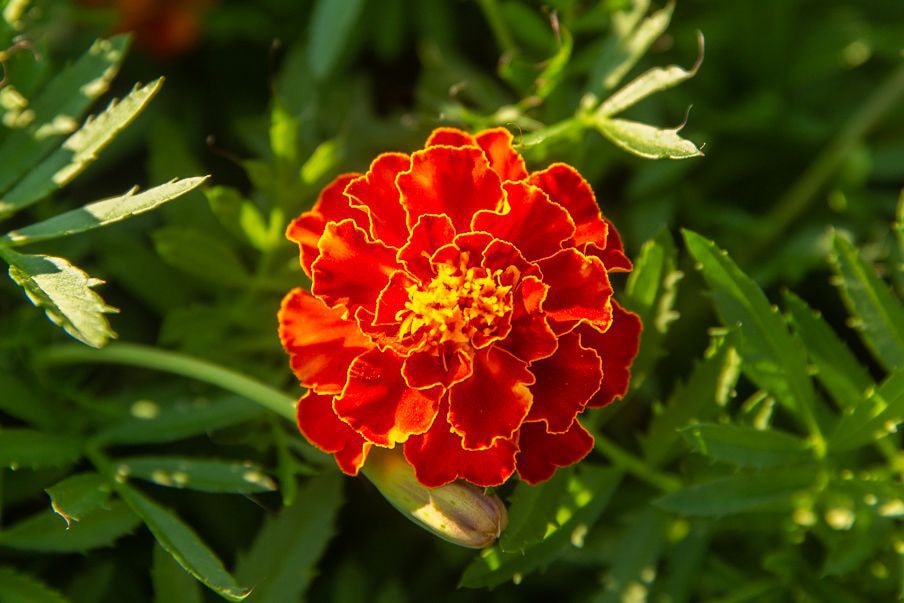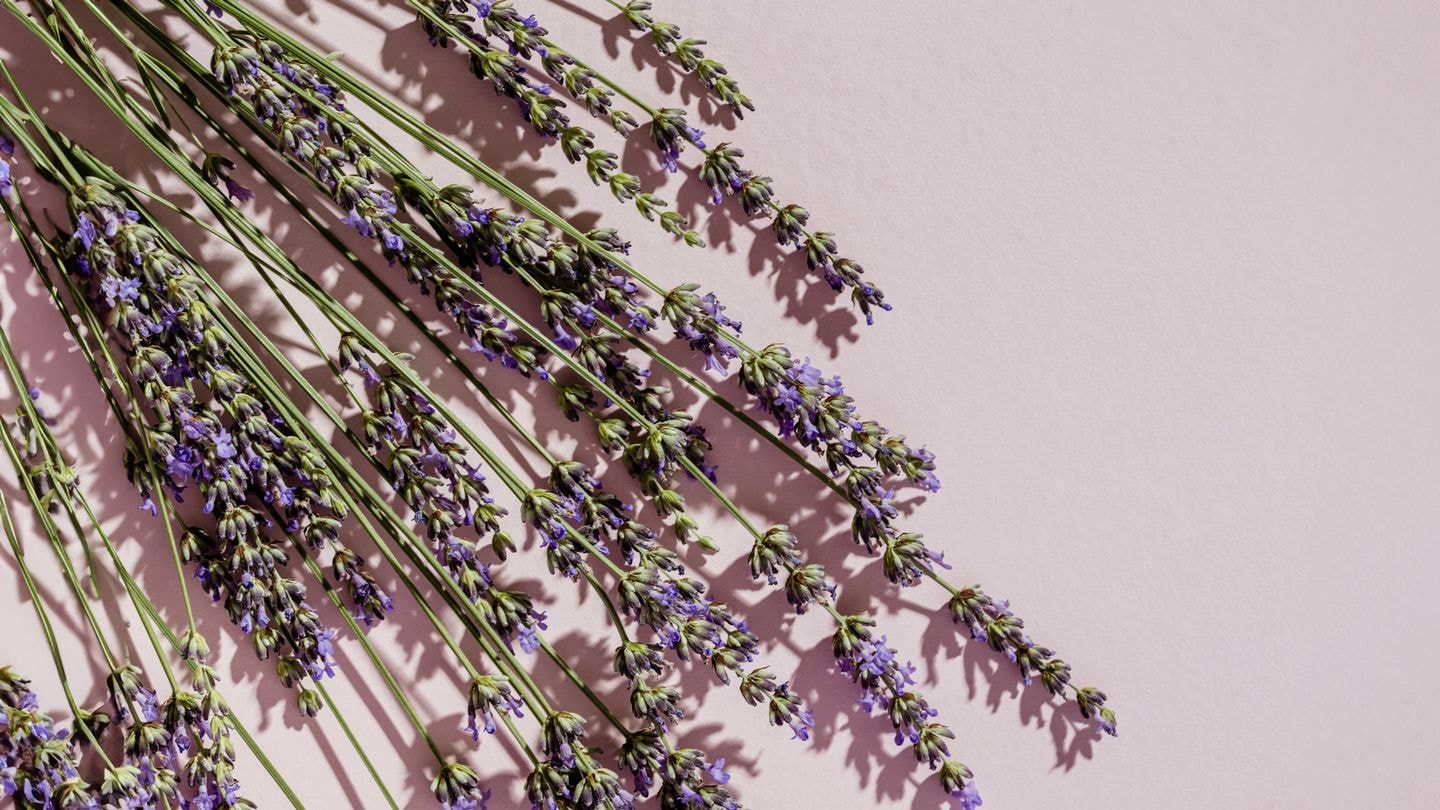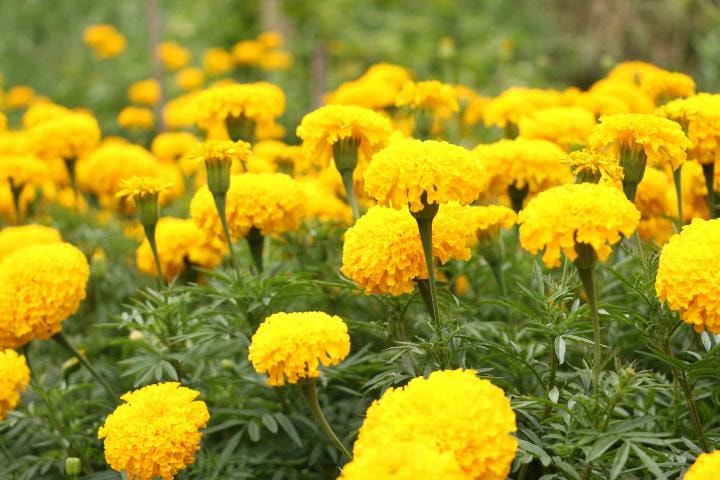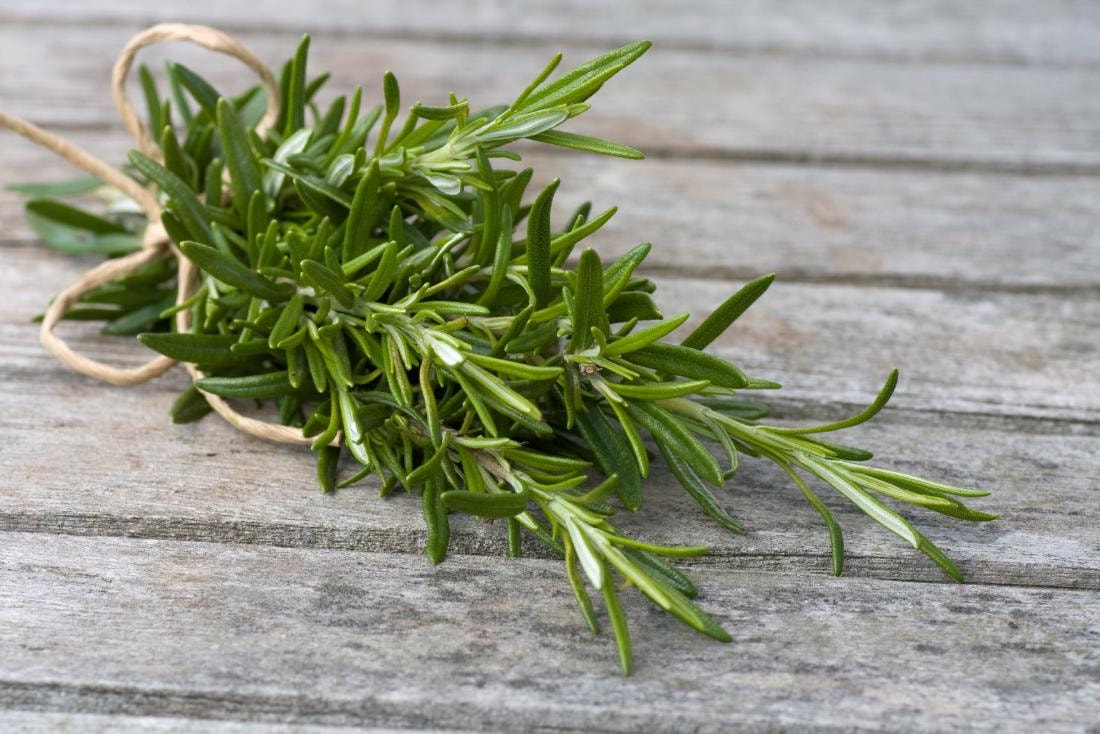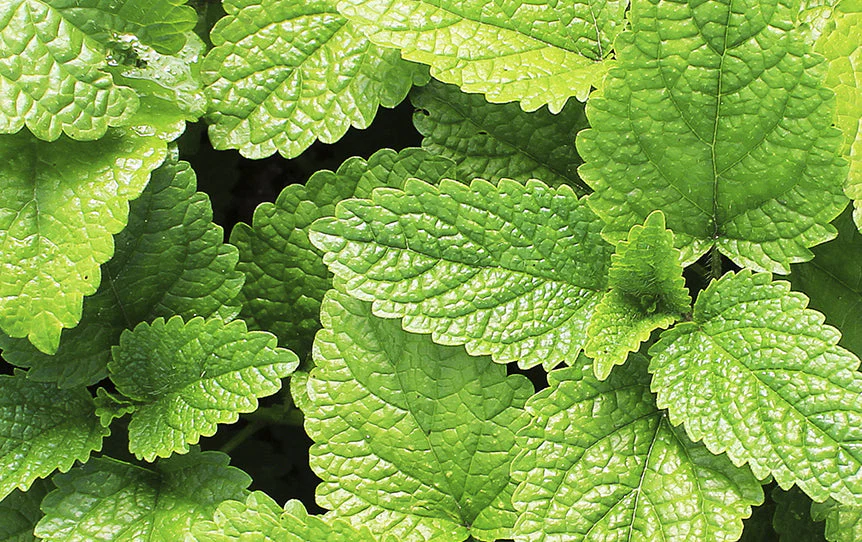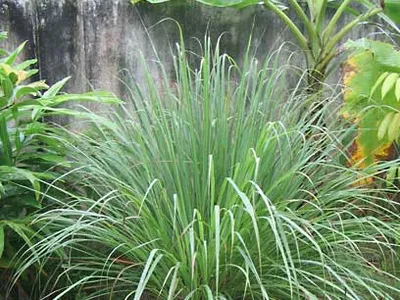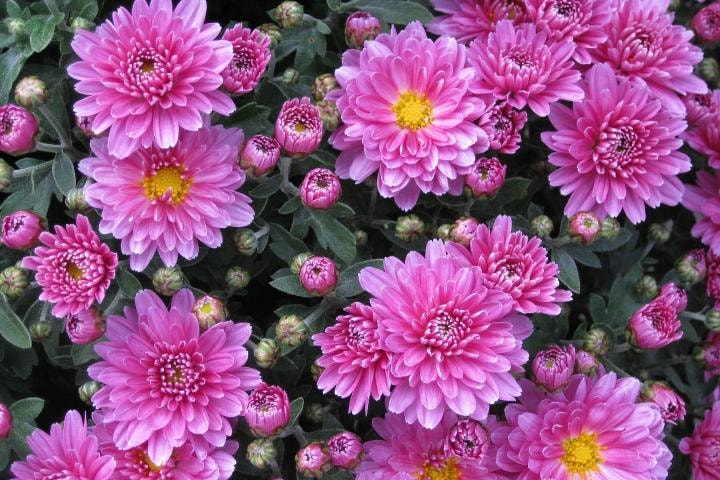HousePlantJoy is supported by our audience. When you purchase through one of our links, we may earn a small affiliate commission. As an Amazon Associate I earn from qualifying purchases. Your cost is not affected.
==================
You’re not alone if you’ve ever battled with pesky insects and pests invading your home. Houseplants that repel insects and pests can be a natural, eco-friendly solution to this common problem. Certain plants have the remarkable ability to repel bugs, offering an effective alternative to harmful chemicals. Whether it’s keeping mosquitoes, flies, or even rodents at bay, incorporating the right houseplants into your indoor space can help create a pest-free environment.
But how exactly do these plants work? Many of these natural repellents emit scents or contain compounds that insects find unappealing. From lavender to citronella, these plants add beauty to your home and protect against unwanted visitors. In this article, we’ll explore the best houseplants that repel insects and pests, giving you a more sustainable way to keep your home comfortable and bug-free.
Natural Pest Control: Best Houseplants That Keep Insects Away
So, you’re fed up with bugs creeping around your precious home space, but you’re not thrilled about dousing your place with chemicals. I hear you! That’s where the magic of houseplants swoops in, offering a greener, cleaner alternative to those store-bought sprays. Houseplants that repel insects and pests do more than sit around looking pretty. Certain plants have this amazing natural ability to repel bugs and pests. It’s like having tiny, leafy bouncers scattered around your pad. Not only do they chase away unwanted critters, but they also boost the ambiance with their lush foliage and sometimes even a hint of fragrance.
We’re talking about plants that can fend off everything from annoying mosquitoes to sneaky ants. Here’s the kicker: these plants don’t just fight off pests. They also add a fresh, vibrant vibe to your indoor space, purifying the air and livening up the place with colors and scents that practically scream life. Plus, watching plants grow under your care gets surprisingly rewarding.
So, why not stock up on these natural warriors and ease into a lifestyle that’s healthy for you, your home, and the planet? Let’s explore which plants fit the bill and how to make them work for you in the upcoming sections.
Key Highlights
- Houseplants like lavender, basil, and marigolds provide a chemical-free way to repel insects and pests, offering a sustainable alternative to harmful sprays.
- In addition to keeping pests at bay, these plants enhance the ambiance of your home with their vibrant colors, soothing scents, and air-purifying qualities.
- Certain plants, such as lemongrass and peppermint, emit scents naturally repellent to mosquitoes, ants, and flies, creating a more comfortable, bug-free living space.
- Placing these plants near windows, doors, and other pest entry points helps ensure they are effective barriers against unwanted critters.
- With proper care, such as adequate sunlight and watering, houseplants that repel insects and pests can thrive indoors while offering ongoing protection from pests.
Lavender: A Fragrant Barrier Against Moths and Flies
Lavender isn’t just a beautiful pop of purple for your living room; it’s one of the best houseplants that repel insects and pests. The aromatic oils in lavender keep moths and flies from turning your home into their hangout spot. With its natural insect-repelling properties, lavender offers a fragrant and effective solution to pest control.
Place it on your Windows
Place your lavender plants near windows or bedrooms to get the best bug-repelling action. Moths don’t stand a chance with those heavily scented oils floating around, and you’ll also appreciate the relaxing vibe lavender brings.
Sunlight and Their Soothing Aroma
Keeping lavender happy inside requires a bit of attention. Make sure it’s getting plenty of sunlight—south-facing windows work great. If your smell-good plant starts looking down, it might crave more light or less water.
Apart from repelling insects, lavender adds this soothing aroma that can help you chill out after a long day. Toss one in your office to help relieve stress and tension while tackling that never-ending to-do list. Easy on the eyes and nose, lavender is the multitasker you want in your indoor plant crew.
Basil: Aromatic Armor Against Mosquitoes
Basil isn’t just for spicing up your spaghetti; it’s a seriously effective mosquito repellent. Thanks to its natural oils, this aromatic herb has the goods to keep those pesky buzzers at bay.
Put it in your Balcony or Sunny Window Sill
If you’ve got a balcony or a sunny windowsill, that’s where your basil should live. It craves warmth and sunshine, so keep it where the light’s brightest. You’ll need to water it regularly, but ensure it has good drainage to prevent soggy roots.
Pinch Flower Heads
A cool tip is to pinch off any flower heads when they appear. This encourages the plant to stay bushy, and the leaves remain fresh and abundant. Plus, the bonus here is that you can enjoy fresh basil for cooking anytime.
Marigolds: Bright Shields for Keeping Aphids Away
When it comes to adding a pop of color along with some serious pest-fighting power, marigolds are your go-to. These cheerful flowers are well-known as one of the best houseplants that repel insects and pests, effectively keeping aphids, those tiny sap-suckers, from invading your leafy greens.
The Sunny, Scented Defenders Against Aphids and Pests
The secret lies in the pungent scent marigolds emit. It smells like summer gardens, but for aphids, it’s a big no-no. Marigolds prefer the outdoor light unlike some bug-repelling plants, but you can still place them on sunny windowsills or in sunrooms to do their thing.
To keep them flourishing indoors, ensure they get a lot of sunlight—at least six hours if you can manage it. Don’t forget to water them; marigolds like their soil to stay moist but not soaked. This balance will keep them sprightly and able to ward off those pesty little invaders.
Pairing with Other Plants
Pairing marigolds with other indoor or outdoor plants creates a beautiful tapestry of colors and added protection against pests. They’re especially effective on windowsills where they can act as a natural barricade against potential bug intruders.
With marigolds in the mix, you enhance your home’s aesthetic and double down on your defenses against plant-damaging aphids. They’re easygoing and vibrant and pull double duty as decor and protector.
Go Green, Breathe Easy
Aside from their repellent properties, these plants contribute to a healthier indoor atmosphere, improving air quality and elevating the mood with lush greenery and delightful scents. Instead of reaching for chemical-heavy solutions, let your home become a sanctuary using the natural goodness of these industrious plants.
Rosemary: An Herbaceous Defender Against Spider Mites
Rosemary brings more to the table than just seasoning your potatoes. This hardy herb is a natural deterrent against spider mites, those tiny bugs you hardly notice until they’ve made a mess of your plants.
Their Aroma and Essential Care Tips for Thriving Rosemary
Rosemary’s aroma keeps spider mites away, making it a must-have for anyone dealing with these pests. When positioned near your other plants, it acts like a shield that these tiny critters find less inviting than greener pastures.
To give rosemary the care it deserves, place it in a spot with bright sunlight—the more light, the merrier. This Mediterranean native enjoys a dry environment, so water less frequently. Let the soil dry out between watering sessions to keep it happy.
Peppermint: A Refreshing Deterrent for Ants
Keep ants out of your home naturally with peppermint, one of the best houseplants that repel insects and pests. This plant works wonders with its strong, minty scent. While ants are often determined, they find peppermint pretty off-putting, making it a fantastic natural repellent.
Growing Peppermint Indoors
To get the best out of peppermint, plant it in containers to prevent it from spreading too wildly. This gives you more control over its growth and makes it easy to move around the house where needed.
Peppermint loves a good bit of sun, so aim for a spot near a sunny window. When watering, keep the soil moist, but don’t drown it. The plant thrives when well cared for, but it won’t thank you for waterlogged roots.
Peppermint Power: Natural Ant Repellent and Air Freshener for Your Home
One cool hack is to rub fresh leaves on areas where you’ve noticed ant activity. Giving a little boost to the natural repelling action, it’s quick and effective! Peppermint doesn’t just defend your home from ants.
It brings a refreshing scent to the air—like having a built-in air freshener not packed with chemicals. By incorporating peppermint into your home plant selection, you’re doing your bit to maintain an ant-free zone while enjoying the minty freshness it spreads around.
Lemongrass: A Scent Barrier Against Mosquitoes and Flies
Lemongrass isn’t just for your favorite lemony dishes; it’s a powerhouse for keeping mosquitoes and flies at bay. As one of the best houseplants that repel insects and pests, the plant’s fresh citrus scent is pleasant for us but a no-go zone for these annoying insects.
Growing Lemongrass for Natural Mosquito Repellent and Easy Care
For this plant, sunlight is the name of the game. Find a cozy spot where it can soak direct sunlight – think sunny windowsills or a well-lit balcony. When it comes to watering, keep lemongrass lightly moist and ensure proper drainage to prevent root rot.
Lemongrass also grows easily in pots, allowing you to move it around to where you need its mosquito-repelling powers most. Have an outdoor gathering? Bring your potted lemongrass along to keep mosquitoes from crashing the party!
Incorporating lemongrass into your home plant arsenal means more than just controlling pests. You’re adding a vibrant, multi-use plant catering to culinary needs and a comfortable living environment. Keeping a few pots around helps ward off unwanted guests and fills your place with a delightful fragrance. It’s a natural, stylish way to keep your house buzzing with life but mosquito-free!
The Versatility of Chrysanthemums in Pest Management
Chrysanthemums, often simply called ‘mums,’ pack a surprising punch when it comes to pest control. They’re not just autumn’s floral delight; mums have a natural compound called pyrethrin that sends a clear message to many bugs: stay away.
These flowers are particularly effective against roaches, ants, beetles, ticks, fleas, and more. Pyrethrin is a key ingredient in many conventional insect sprays, but with chrysanthemums, you get this repellent action in its gentlest, most beautiful form.
Care Tips
When adding chrysanthemums to your indoor garden, remember that they flourish in bright, indirect sunlight. Make sure they have enough space because these beauties like to spread out. Regular watering is good, but don’t let them sit in soggy soil—it’s not their style. For an extra kick in deterring pests, consider placing chrysanthemums near doors or windows where insects often find their way inside. Not only do they make a great visual impact, but they also act as a barrier against pesky intruders.
Besides pest control, mums can add color to your living room or balcony garden. Their vibrant blooms are as eye-catching as they are functional, making them a valuable addition to any plant collection.
Here’s an additional video about pest-repelling plants.
By: Decorify Home & Garden
Creating an Insect-Free Sanctuary with Houseplants
Bringing houseplants into your living space offers more than just a touch of natural beauty; it’s a smart, eco-friendly strategy for keeping those unwanted pests at bay. By selecting plants like lavender, basil, marigolds, and others, you’re harnessing nature’s built-in defense system to maintain a peaceful home environment.
These plants work best when placed strategically throughout your home. Think about where bugs might sneak in or tend to hang out and let these green warriors stand guard. Care remains key here. Ensuring each plant gets the right light and water will keep them healthy and ready to serve their dual purpose of decoration and defense. Play around with different plant combinations to see what works best in your space, both aesthetically and in terms of pest control.
FAQS
How Do Houseplants Repel Insects and Pests?
Houseplants naturally deter insects by releasing scents or compounds that bugs find unpleasant. For instance, lavender emits a fragrant oil that keeps moths and flies away, while peppermint’s powerful minty aroma is effective at repelling ants.
Can Houseplants Replace Chemical Insect Repellents?
Absolutely! While houseplants might not act as quickly or as intensely as chemical sprays, they provide a natural, eco-friendly way to deter pests. You can develop a sustainable, chemical-free defense against unwanted visitors by positioning them in areas where bugs tend to gather.
Can I Grow These Pest-repelling Plants Outdoor?
Yes, many of these pest-repelling plants thrive outdoors! Plants like marigolds, basil, and lemongrass are perfect for outdoor gardens, where they can help keep pests like mosquitoes, flies, and aphids at bay. Just ensure they’re planted in a sunny spot with good drainage, and they’ll work double duty—adding beauty to your garden while acting as natural pest deterrents.
Why Become a Member of Our Community?
Unlock Exclusive Insights: Gain vital tips that will help your plants flourish and thrive like never before.
Assistance from Professionals: Connect with our knowledgeable team on social media platforms such as Facebook and Twitter. Our gardening experts are eager to support you on your plant journey.
Network with Fellow Plant Lovers: Join other plant aficionados, exchange your stories, and cultivate a nurturing community. Sign up today! Follow Houseplant Joy on Facebook, Instagram, and Twitter for daily motivation and to enhance your plant experience! #HouseplantJoy #GreenThumbsUnite #HouseplantLove


